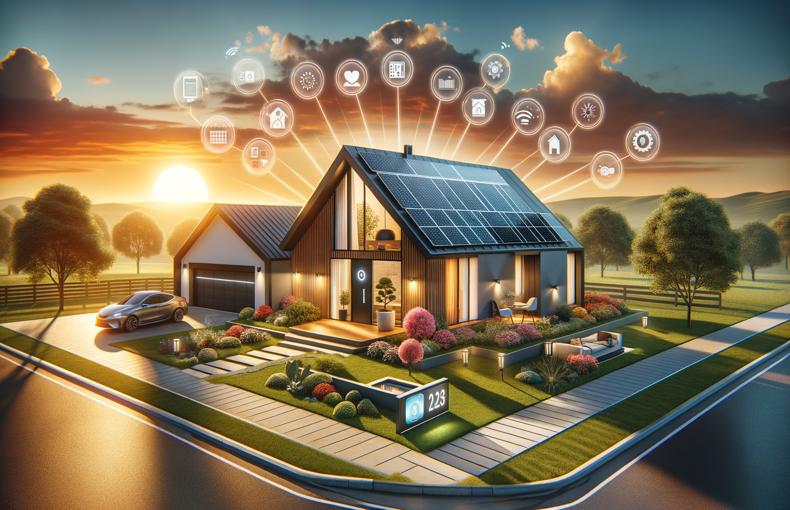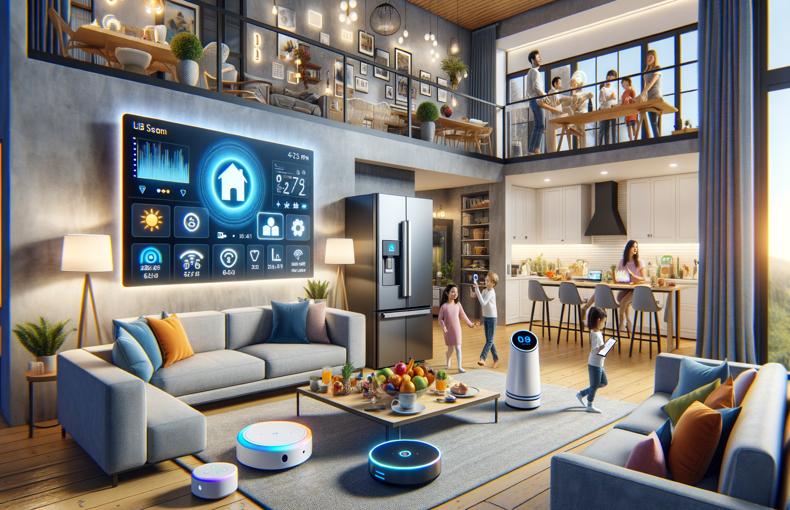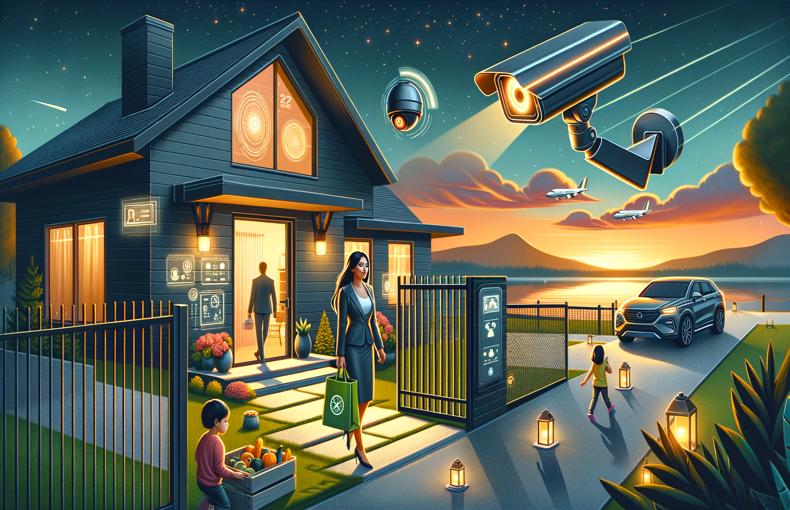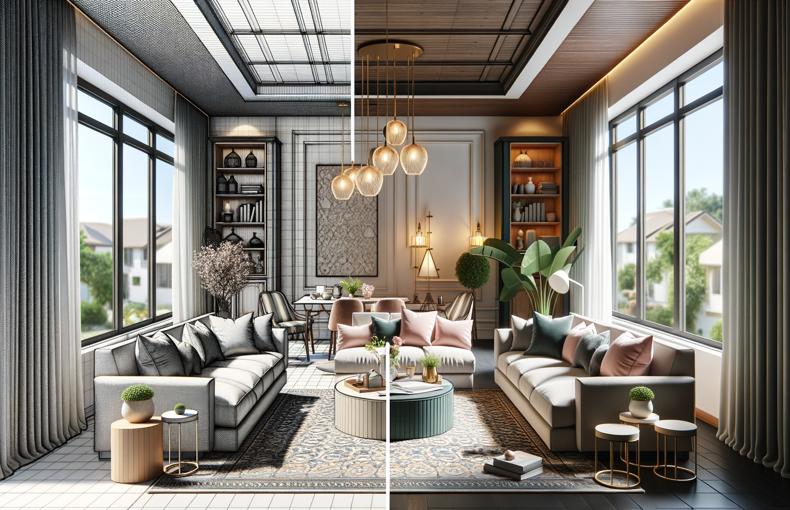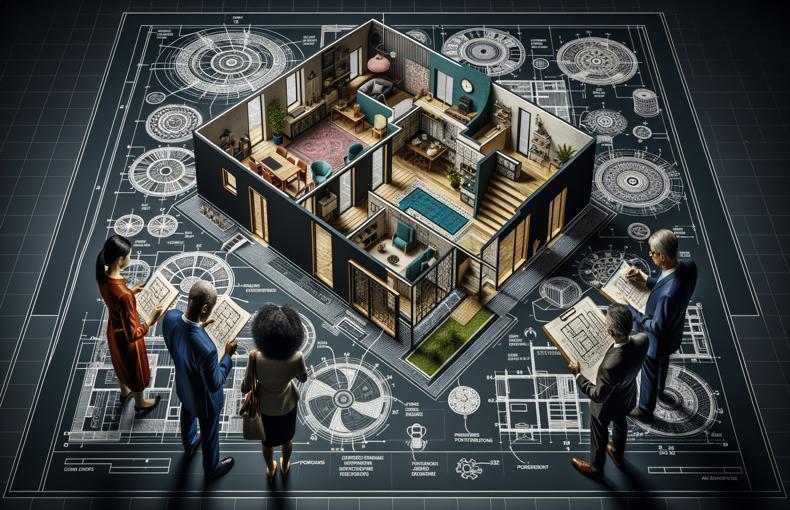The Rise of Smart Homes: Integrating Technology into Residential Design
In the ever-evolving landscape of residential design, one of the most significant shifts in recent years has been the rise of smart homes. Once a futuristic concept, smart technology has now become increasingly integrated into the fabric of modern living spaces. From thermostats that learn your preferences to security systems that can be controlled remotely, the possibilities for enhancing comfort, convenience, and efficiency are virtually limitless. As a professional builder and drafter, it's crucial to stay abreast of these developments to meet the demands of today's savvy homebuyers. In this blog post, we'll delve into the burgeoning trend of smart homes and explore how integrating technology into residential design can elevate the homeowner experience.
-
Understanding Smart Home Technology: Smart home technology encompasses a broad spectrum of devices and systems designed to automate and enhance various aspects of home life. These may include smart thermostats, lighting controls, security cameras, door locks, entertainment systems, and more. These devices are typically connected to a central hub or network, allowing for seamless communication and control via smartphones, tablets, or voice commands.
-
Benefits of Smart Homes: There are numerous advantages to incorporating smart technology into residential design. One of the most notable benefits is increased energy efficiency. Smart thermostats can optimize heating and cooling schedules based on occupancy patterns, resulting in lower utility bills and reduced environmental impact. Additionally, smart lighting systems can adjust brightness and color temperature to suit different activities and times of day, enhancing comfort and productivity.
-
Enhanced Security and Peace of Mind: Home security is another area where smart technology shines. Smart doorbell cameras, motion sensors, and alarm systems offer real-time monitoring and alerts, allowing homeowners to keep tabs on their property even when they're away. Many of these systems also integrate with smart locks, enabling remote access control and the ability to grant temporary access to guests or service providers.
-
Customization and Personalization: One of the key advantages of smart homes is the ability to customize and personalize the living environment to suit individual preferences. Whether it's adjusting the temperature, dimming the lights, or queuing up a favorite playlist, homeowners can tailor their surroundings with a few taps on their smartphone or a simple voice command. This level of control fosters a greater sense of comfort and convenience, transforming the way we interact with our living spaces.
-
Future Trends and Considerations: As smart home technology continues to evolve, we can expect to see even more advanced features and integration capabilities in residential design. From AI-powered assistants that anticipate our needs to interconnected ecosystems that seamlessly synchronize various devices, the possibilities are endless. However, it's essential to approach the integration of technology thoughtfully, considering factors such as interoperability, cybersecurity, and long-term maintenance requirements.
Conclusion
In conclusion, the rise of smart homes represents a paradigm shift in residential design, offering unparalleled levels of comfort, convenience, and efficiency. By embracing smart technology, homeowners can enjoy greater control over their living environments, enhanced security, and personalized experiences tailored to their preferences. As a professional builder and drafter, it's crucial to stay informed about the latest trends and advancements in smart home technology to meet the evolving needs and expectations of today's homebuyers. By integrating technology into residential design thoughtfully and strategically, we can create living spaces that not only meet but exceed the demands of the digital age.







